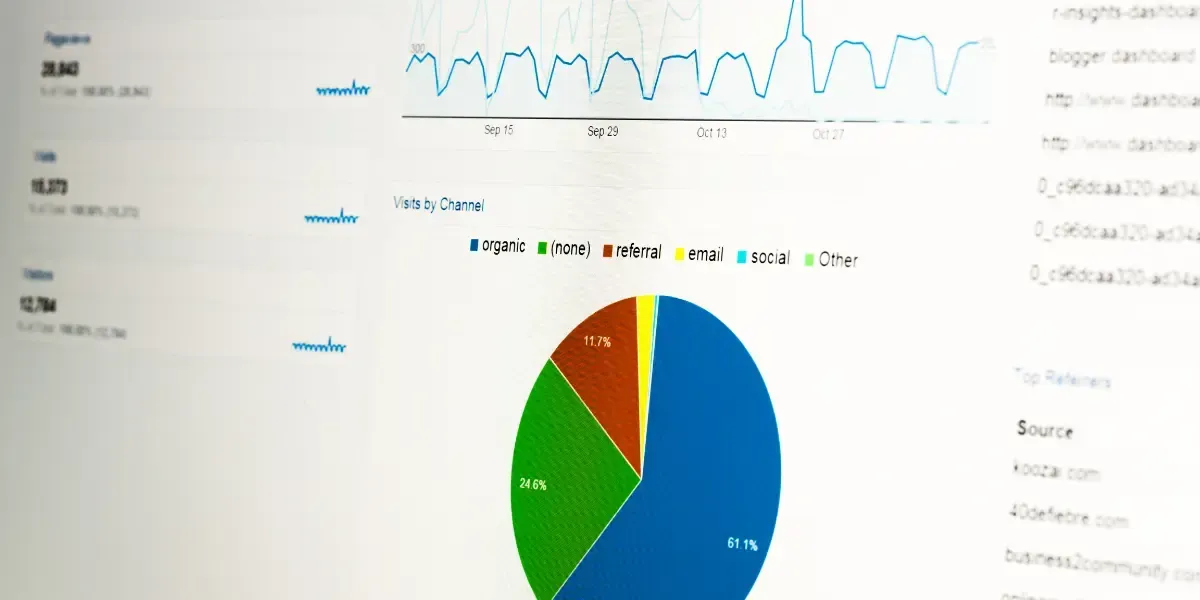The Need For Speed Why Fast Websites Are Crucial In 2021 And Beyond

Think about how many times you’ve exited out of a website because it didn’t provide a user-friendly experience. It might have had poor loading time or didn’t function properly on your desktop or mobile device.
Contents
- It Creates An Overall Better User Experience
- Mobile Page Speed is a SEO Ranking Factor
- How to Check Your Load Speed
- How to Make Your Mobile Website Load Faster
- It’s Time to Improve Your Website Loading Speed
Listen to this article
Rather than wait for it to load with the patience of someone familiar with dial-up internet, you likely looked elsewhere for the information, products, and services you required. After all, your time is precious, and that particular business is probably not the only one offering what you need.
Understanding your own behaviour can help you predict the behaviours of your customers, as well. If you don’t prioritise page speed, you aren’t prioritising business success. Now might be the right time to start focusing on your load speed, understanding why it matters and ensuring it meets your customers’ expectations.
We recommend you take our SEO course to learn how to improve site speed, or read our tips below.
It Creates An Overall Better User Experience
As previously mentioned, page loading speed plays an integral part in a positive or negative user experience. If pages load too slowly, you’re at risk of losing a potential paying customer. In contrast, a fast-loading site can lead to better engagement and possibly even increased sales.
So, how do you define a ‘fast’ and ‘slow’ site? If your site loads in under 1.7 seconds, it’s going to be faster than approximately 75 percent of other sites. Total loading in 2.9 seconds means your site is around 50 percent faster than others, and loading in five seconds makes it slower than approximately 75% of other websites.
Studies performed by Amazon found that for every 100 milliseconds of improved load time, they saw a one percent increase in revenue. Google also discovered that if internet users have a negative experience on your mobile site, they’re 62 percent less likely to purchase from you.
Google Sees Page Experience As Important, Too…
In June 2021, Google announced that it would be rolling out Page Experience signals as important ranking factors. These came into effect from mid-June and would impact how visible sites would be on search engines based on how well they helped users find what they were looking for.
The two most important ranking factors to feature in this new update were core web vitals and mobile friendliness. Core web vitals consist of interactivity, visual stability, and, most importantly, mobile page loading performance.
Mobile Page Speed is an SEO Ranking Factor
Even though your core focus is on making sure your customers have a memorable purchasing experience, search engine optimisation can be another crucial reason why addressing slow page loading can be important.
In 2018, Google made mobile page speed a ranking and indexing factor. Traditionally, Google used to crawl, index, and rank desktop versions of your site, but switching to mobile was able to provide better results for internet users.
At the time when mobile page speed became a ranking factor, mobile sites had an average load speed of around 15 seconds. Since more than half of site visitors would leave if loading took more than three seconds, this update made it crucial for business owners to address their site speeds.
FYI, you can learn more about how to improve your site speed on one of our SEO courses.
How to Check Your Load Speed
It’s all well and good to identify loading speed as imperative for a positive customer experience and SEO purposes, but how are you supposed to know if your site is fast enough? Google provides a Landing Page evaluation tool, and you can also seek help from digital marketing or local website design Auckland experts.
On the Landing Pages page, you can identify which pages require improvement, check mobile friendliness, and determine the conversion tracking compatibility rate for your landing pages.
- Sign in to your Google Ads account and click ‘Landing Pages’ on the page menu.
- Identify pages that aren’t optimized for mobile by checking the ‘Valid AMP click rate’ and ‘mobile-friendly click rate’ columns. They will appear as less than 100% if they aren’t mobile-friendly.
- Review the ‘conv. tracking compatibility’ rate to determine which pages are correctly configured for conversion tracking.
- Click ‘view expanded landing page’ to see landing page URLs for each page.
- Click ‘test’ in the ‘mobile-friendly click rate’ column to use the Google mobile-friendly test.
- Click ‘test’ in the ‘valid AMP click rate’ column to use the AMP validator test
You can also see which pages were interacted with the most by checking the clickthrough rate and impressions columns. From here, you can filter the most valuable data for your needs.
How to Make Your Mobile Website Load Faster
Due to loading speed’s importance for your online presence, it’s crucial to identify the best ways to make a noticeable difference. SEO experts can be your first port of call since they have access to a broad range of tools to optimise both desktop and mobile websites.
However, there are also other small changes you can make, such as:
- Using compressed images
- Keeping redirects to a minimum
- Creating clean design
- Relying on Google AMP
- Turning browser caching on
- Prioritising mobile SEO
It’s Time to Improve Your Website Loading Speed
With improved customer engagement, potential for increased sales, and vastly better ranking opportunities, there’s every reason to start focusing on your loading speed without delay.
Soon enough, being at that 15-second average mobile loading time may start to impact your online business reputation. Take the time to review your current page speeds and decide whether you’re ready to take action.
FAQ
How does Google view page loading speed in terms of ranking factors?
Google considers page loading speed as an important ranking factor, meaning that faster-loading websites are more likely to rank higher in search engine results, providing better visibility to users.
What impact does slow loading speed have on user experience?
Slow loading speed negatively impacts user experience by causing frustration, increasing bounce rates, and reducing overall engagement on the website.
Digital Blog












